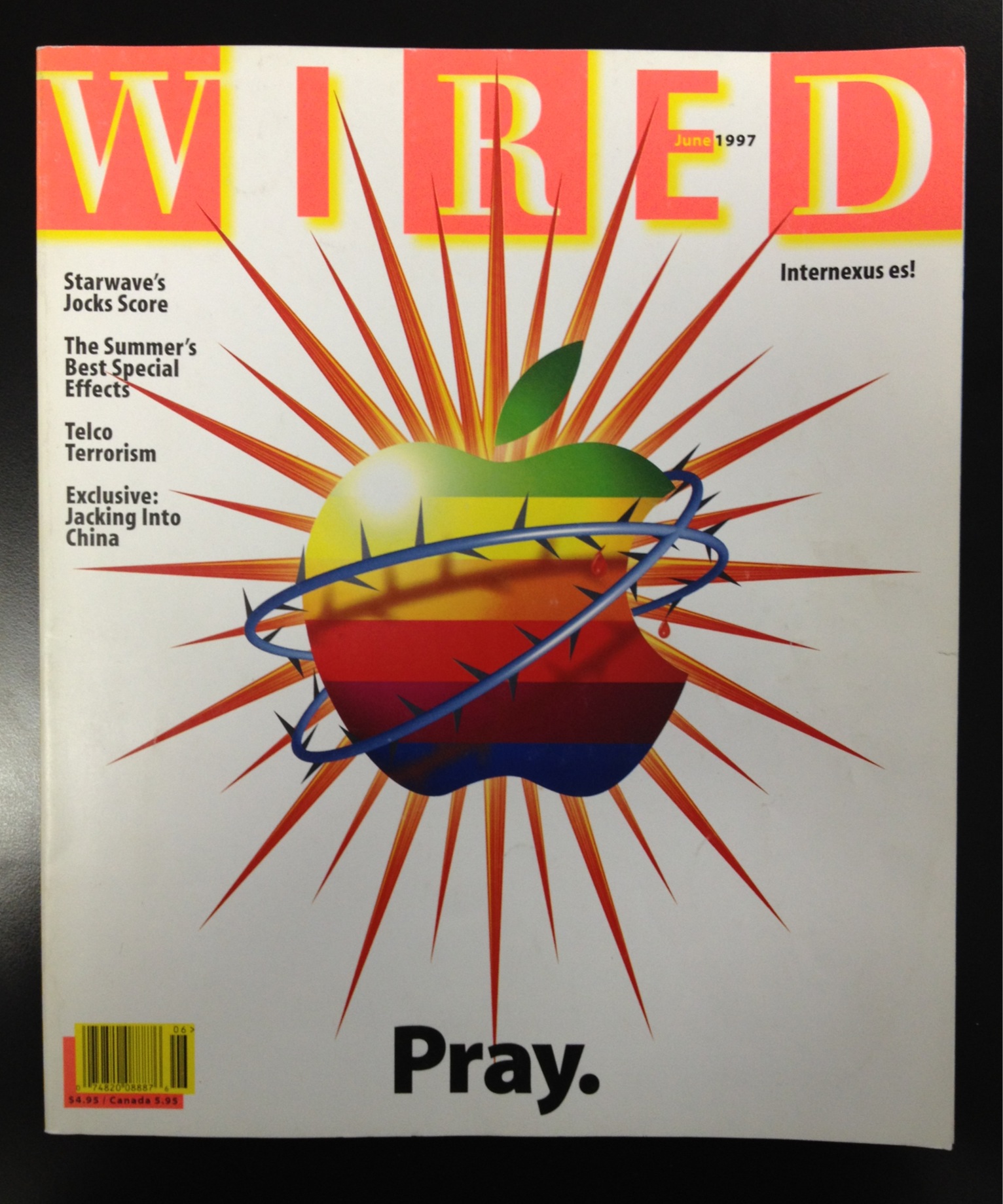Forty years ago on April 1st (April Fool’s Day), 1976, Apple was born. Most people know about the founders, the two Steves (Jobs and Wozniak), but few know about Ron. Ronald Wayne was the third partner who designed the company’s logo, drafted the company’s original partnership agreement and wrote the Apple 1 computer user’s manual.
But after two weeks, he was done. April 12th he sold his stake for $800. If he’d kept his 10 percent stake it would be worth $63 billion.
Yes…$63 billion.
But in a recent TV interview, he expressed no regrets (and has repeated this over the years). He’s in his eighties and happy with his life.
His story got me thinking about the choices he made, why and what we (as creatives) could learn from them. Here are 5 major things that stood out:
Know what you can tolerate
Risk. Some people are risk takers and others are risk averse. One isn’t better than the other, however, what gets people in trouble is when they don’t know where they land on the spectrum. Some creatives are not suited to the roller coaster life of the freelancer or entrepreneur. Mr. Wayne (who I’ll respectfully refer to as ‘Wayne’ from here on) had a low tolerance for risk. He understood that he, as a man in his 40s, had more at stake than two 20-somethings and the failure of his slot machine company, five years previous, may also been on his mind.
Talk to a lawyer
Yes, I know it’s a cost, but it will save you in the long run. Perhaps if Wayne had set up the business as a LLC—a limited liability corporation—instead of a partnership, which doesn’t protect the founders from a failed venture, it may have allayed some of his fears.
Get the right team
Vision and temperament matter. Make sure you’re compatible with the people you’re working with. I knew one writer whose agent shouted and cursed at her, another had an assistant who suffered ‘moods’ and would let key projects slide. Your working life is important; surround yourself with people who lift you up.
In his interview, Wayne made it very clear he would have been miserable if he had stayed.
Understand value
Many creative people underestimate the value of their intellectual property. Although Wayne couldn’t have known that Apple would be such an enormous success, he had another chance to make a big profit. In 1994 (fourteen years after Apple went public), he sold the original partnership document for …$500.
Seventeen years later, the same document sold at auction for 1.6 million.
He likely had his reasons, but many creatives make similar choices based on ignorance of the intrinsic and market value of things. Many creatives (i.e. writers since I know more about that than other fields) are signing shoddy contracts and giving away valuable copyright for pennies.
Please think again before you are blinded by the upfront money and disregard the true cost the future will reveal.
Sometimes it takes years of effort littered with failures
The one problem with success stories is that we know how they end.
In 1976, nobody thought Apple would be what it is today. In 1997, Wired magazine had a one-word cover “Pray” when Apple was predicted to go bankrupt. Many successful companies were not overnight successes. Many have had numerous predictions of their downfall. Few people thought Netflix (a company that provides video streaming, DVD and Blueray rental) would recover from its pricing increase and Qwiskter debacle.
Top companies make mistakes, you will too. That’s okay.
Keep creating. It may be your fifth album, twentieth novel, 60th painting before you really gain traction. You want to create a body of work. It will all add up over time.
If you’re enjoying this blog, please feel free to show some love by leaving a tip, just click
Paypal.me/DaraGirard (it goes to “Ilori Press” but don’t worry, I’ll still get it)
Your support keeps me going. Thanks!
“12 Days in April” © 2016 Dara Girard; Apple Image copyright at top of post © 2016 by Grace Harjadinata
